This is the seventh in a series of fifteen planned reviews of the films of John Flynn. During his 33-year career, Flynn directed everything from intimate character studies of volatile, potentially violent men to dark revenge films to early Steven Seagal vehicles and everything in between. Utilizing a spare style of filming that subscribed to the idea that the audience should not be aware of the director, Flynn placed an emphasis on strong performances and cleanly shot and edited action sequences that showcased impressive stunt work. His films show how a director with a clear vision can elevate even the most generic potboiler into a sturdy genre film worthy of rediscovery, yet most film buffs do not know his name.

I have spent a lot of the last few months tracking down and reading interviews with John Flynn. While it is hard to get a complete picture of someone who has passed on through reading conversations with them, Flynn seemed like a stand up guy. He came off much like his best movies: direct, efficient in his responses, a subtle sense of humor, and no room for bullshit. He would say what he did and did not like about the films he worked on, gave credit to directors like Robert Wise, John Sturges, and J. Lee Thompson who mentored him, and was not afraid to call out people he felt did not pull their weight in getting a film made.
Much like I have only interviews to perceive how Flynn was in his personal life, I only have his films to determine that he was a strong director who—no matter what—made movies his way. This is a determination that is fairly easy to make based on the consistency in vision from film to film. That is why OUT FOR JUSTICE felt like a cold bucket of water in the face. It is the first of Flynn’s films that I have watched where you could feel the producers — namely, Steven Seagal — pushing him around.
The setup is as basic as the plot for an action film can get: psychopathic, crack-addicted gangster Richie Madano (William Forsythe) guns down NYPD Detective Bobby Lupo (Joe Spataro) on the street in broad daylight; Bobby’s partner Gino (Seagal) vows revenge and turns Brooklyn upside down looking for Richie. With a different ’80s action star, this could be a mean, stripped-down action/revenge flick—the type of movie that is right in Flynn’s wheelhouse. But Flynn was stuck with Seagal.
At the time, Seagal was riding high on three hit films in a row and had been savvy enough to become a producer early on in his career. Seagal may not have been the credited writer (aside from a story by credit on ABOVE THE LAW) or director on any of his early films, but in the run he had from ABOVE THE LAW through UNDER SIEGE, he wielded more power than most action stars of the time because his movies were relatively inexpensive to make and were almost guaranteed of doubling or tripling the return on investment.
Of course, most action stars of the ’80s into the early ’90s — with the notable exception of Chuck Norris and his schlocky output — seemed interested in making the best movies they could with their limited skill sets. Sure Schwarzenegger, Stallone, Van Damme, Russell, and many others who I’m forgetting had massive egos, but they understood that they needed to make films that crossed over beyond their fan base to extend the longevity of their careers. They did not always succeed and sometimes wound up with pretentious egg on their faces, but they at least tried to push themselves. Seagal only seemed interested in extending the legend of himself as some sort of mythical martial artist/musician/artist/acting legend, despite the fact that was not very good at any of those roles. The movies came secondary to his ego (hell, the soundtrack for OUT FOR JUSTICE features several anemic, white bread blues/roots rock songs written by Seagal, for Pete’s sake).
Flynn’s cut of the film reportedly came in close to two hours. This is surprising for a man known for his brevity when it came to action films, but is truly head scratching when you see the Seagal-approved, ninety minute cut of the film that was released. Despite taking place over roughly eighteen hours, OUT FOR JUSTICE lacks the quick pace you would expect. While there are several action and chase scenes that are well put together taking up a considerable amount of running time, even more of the film is made up of Gino rambling on in wistful/anguished monologues about honor, the sacrifices of his father, betraying former friends, and simply remembering anecdotes from his childhood. Very few of these monologues have anything to do with the actual film and feel shoehorned in simply to serve Seagal’s ego.
The plot of the film is actually more convoluted than the initial setup lets on. Gino realizes that Richie is high as a kite and has finally gone out of his mind. He assures his boss (Jerry Orbach, phoning it in — but can you blame him?) that Richie will not leave Brooklyn before taking off to track down the villain. But along the way, Gino has to figure out why Richie targeted Bobby, reach out to members of the local Mafia family (many of whom he was friends with as a kid) for help, shake down Richie’s friends and family (also many of whom he used to be friends with) for information — usually violently, and deal with an impending divorce while following the trail of bodies that Richie is leaving behind as he settles scores with all his enemies.
The most unique thing that OUT FOR JUSTICE has going for it is that its villain is not just another mob boss or drug kingpin. Richie is a Mafia goon, but what makes him dangerous and an interesting bad guy is that he appears to be on a suicide mission as he randomly kills his way across Brooklyn. Forsythe chews the scenery with aplomb and enters nearly every one of his scenes taking a hit from a crack pipe. He snarls and bugs out his eyes, looking like a man gone rabid. It is an over-the-top performance, but it suits the character of Richie. A man who is not afraid of dying is more frightening than your average movie villain and Forsythe succeeds in turning Richie into pure, unchecked aggression.
Making Richie such a wild card of a villain helps the film in ways other than allowing Forsythe to go off the deep end. It complicates Gino’s search for him since the Mafia wants Richie dead as well, but feel they should do it themselves for the sake of their reputation. This leads to a strange mixture of respect and contempt that Gino and the Mafia goons have for each other since they both want the same thing, despite being on opposite sides of the law. That push and pull gives the film a different type of tension that actually does touch on the themes of honor and betrayal that Gino goes on about at length with seemingly no true understanding of what he is saying.
Flynn seems to also be trying to match Forsythe’s performance with the most ridiculous action sequences of his career. A car chase under elevated train tracks is both exciting and improbable enough to bring a smile. Gunfights turn into gore fests where men get their legs shot off and excessive squibs spray blood in every direction. Hand to hand combat results in crazed violence worthy of a video game as corkscrews are shoved into heads, meat cleavers pin hands to walls, and — in a particularly silly moment — a man is kicked so hard in his stomach/chest he spews blood from his mouth as he instantly dies.
The over-the-top aesthetic extends to the hyper-Italian Brooklyn setting. I am not from Brooklyn. I have only been there a few times and that was twenty years after the release of OUT FOR JUSTICE, so I cannot say for sure if the borough at the time was heavily infested with Mafioso, wise-cracking grocery store clerks, and pistol-packing butchers, but the Brooklyn presented in the film comes off as so heightened to almost feel like satire. Between the dozens of Mafia-types and what feels like a hundred bit players with one or two lines (half of whom are named Tony and all deliver their dialogue in broad “New Yawk” accents), it almost feels like Flynn and screenwriter David Lee Henry took all the best bits from Duke Mitchell’s MASSACRE MAFIA STYLE and built a film around that. I can only imagine how over budget the film went on extra-wide shiny suits and hair gel.
If you could not tell by now, despite Segal’s silly attempt at a brooding performance, I reluctantly had fun with the crazed, silly violence and outlandish tone of OUT FOR JUSTICE. But I cannot help but wonder if it could have been better had Flynn found a way to balance the silliness of the plot with serious character beats like he did with BEST SELLER or THE OUTFIT. But to do that, he would have needed a different lead (imagine this film with a certified hardass like Gene Hackman or Tommy Lee Jones as the star). Even with the film playing like a violent cartoon, Seagal’s monologues are a drag on the fun, sometimes halting momentum in its tracks.
Of Seagal’s pre-UNDER SIEGE films, OUT FOR JUSTICE feels more like the truly bizarre ego trips of his current direct-to-video output than anything else. The only difference seems to be the quality of the supporting cast (in addition to old pros Orbach and Forsythe, the film also features Julianna Margulies and Gina Gershon) and Flynn’s direction that does work to Seagal’s limited abilities as a performer. This is pre-bloat Seagal, after all, so even if his martial arts credentials have always been questionable, he does move with grace and the action is staged and edited to highlight the way he slinks and struts into dangerous situations.
But despite the fun to be had, it is hard to see the muddled storyline and goofy character beats for Gino as anything but a warning of what was to come for Seagal. By the standards of Seagal’s filmography, OUT FOR JUSTICE is actually very entertaining. It falls closer to the high point of ABOVE THE LAW than the lows of recent output like FORCE OF EXECUTION or MAXIMUM CONVICTION.
Of course, I am not interested in the lowered standards of Steven Seagal vehicles. I care more about the legacy of John Flynn. Unfortunately, by the high standards of Flynn’s best work, it is a shockingly sloppy film. Even a great director had trouble weathering the storm of Hurricane Seagal during his unexpected box office supremacy.
— MATT WEDGE.
Catch up on previous episodes of our John Flynn retrospective!
THE OUTFIT (1973)
ROLLING THUNDER (1977)

Tags: Action Film, Columns, David Lee Henry, Gina Gershon, Jerry Orbach, john flynn, Julianna Margulies, Matt Wedge, steven seagal, The 1980s, William Forsythe

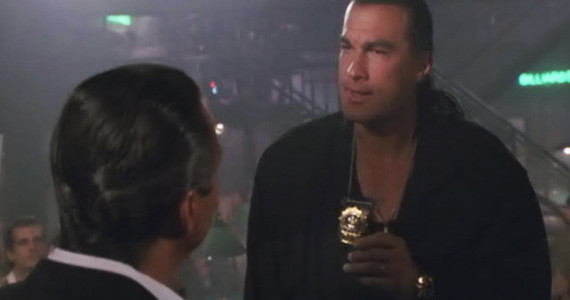

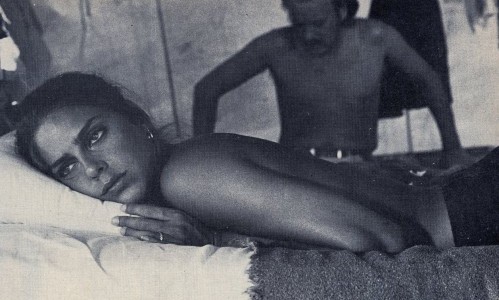
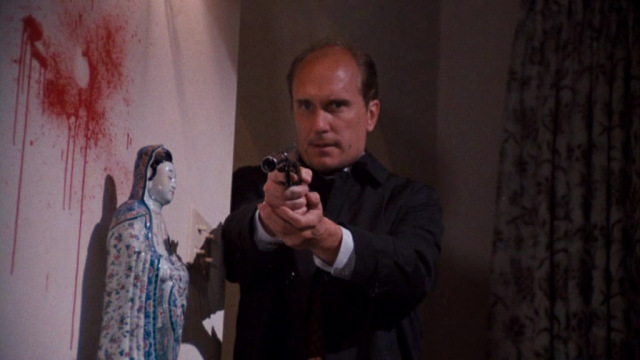
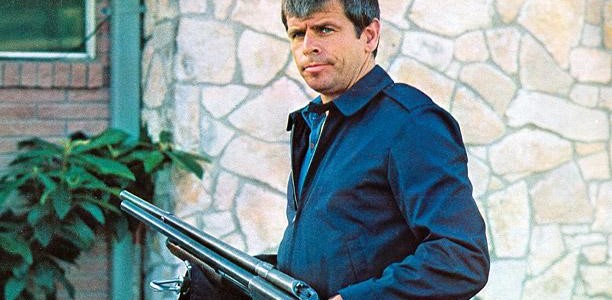
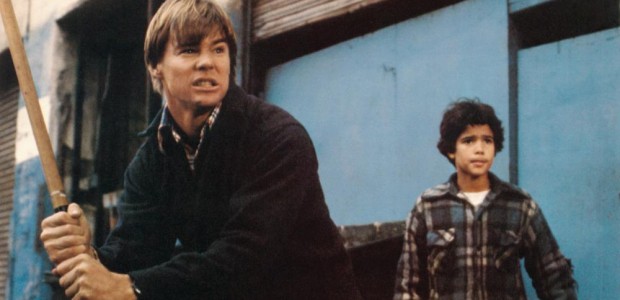
No Comments